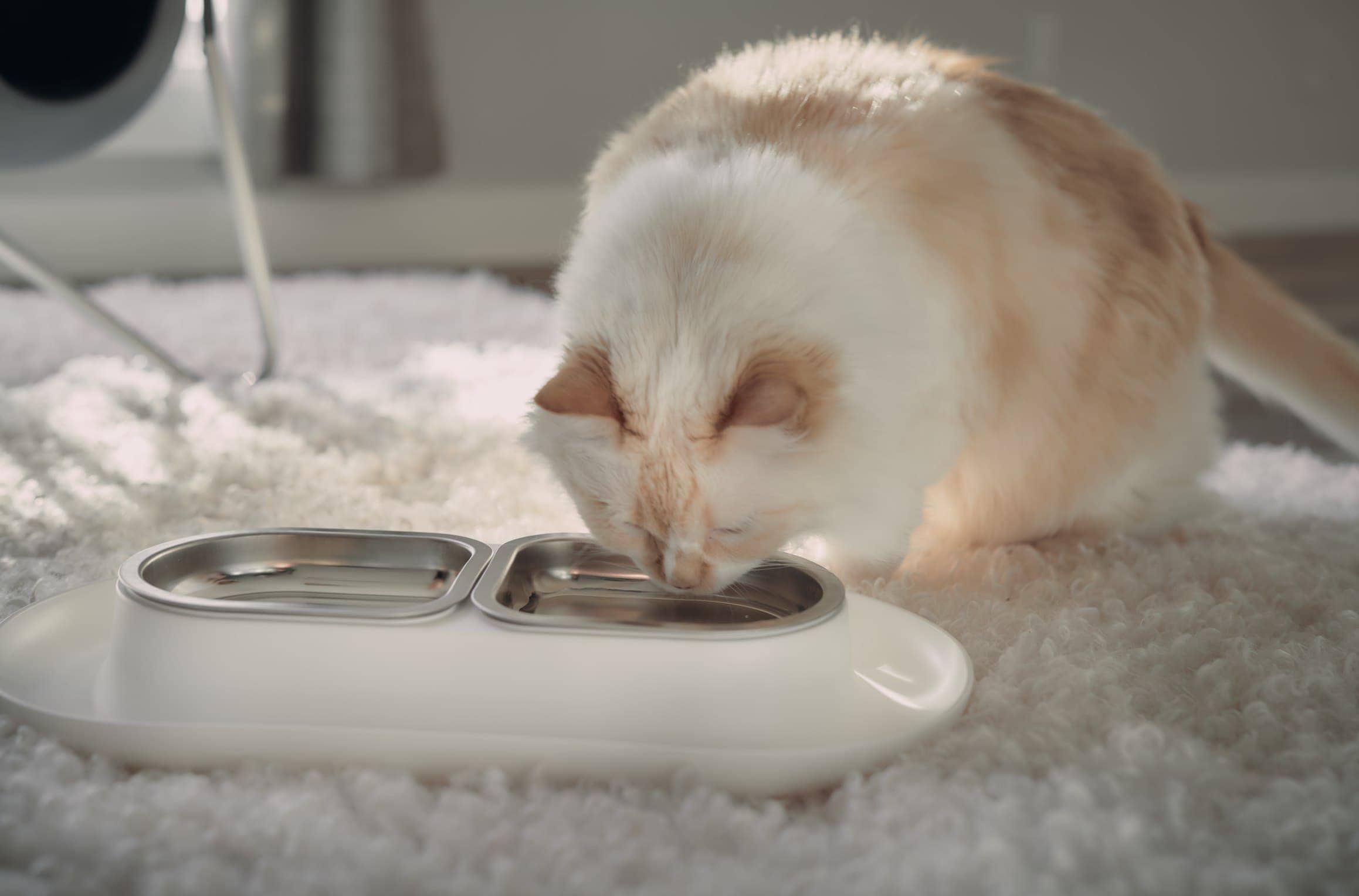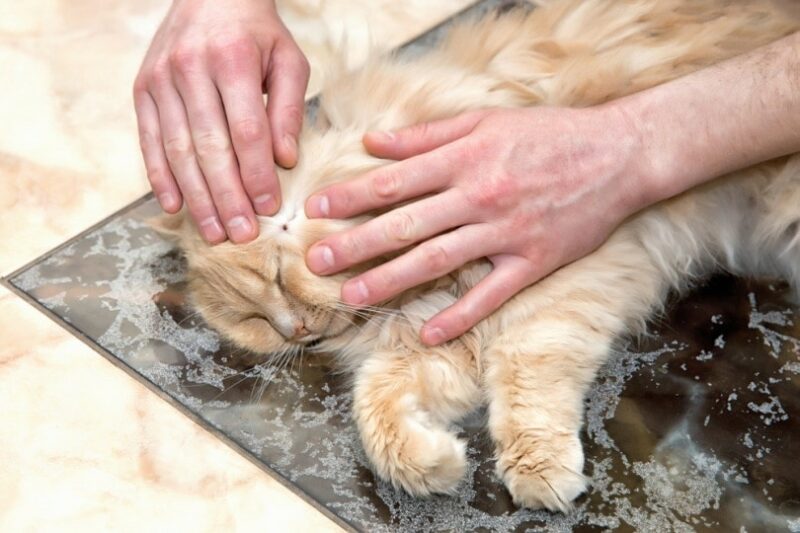How To Prevent UTIs (Urinary Tract Infections) In Cats: Our Vet Explains
By Dr. Sharon Butzke, DVM (Vet)
Updated on
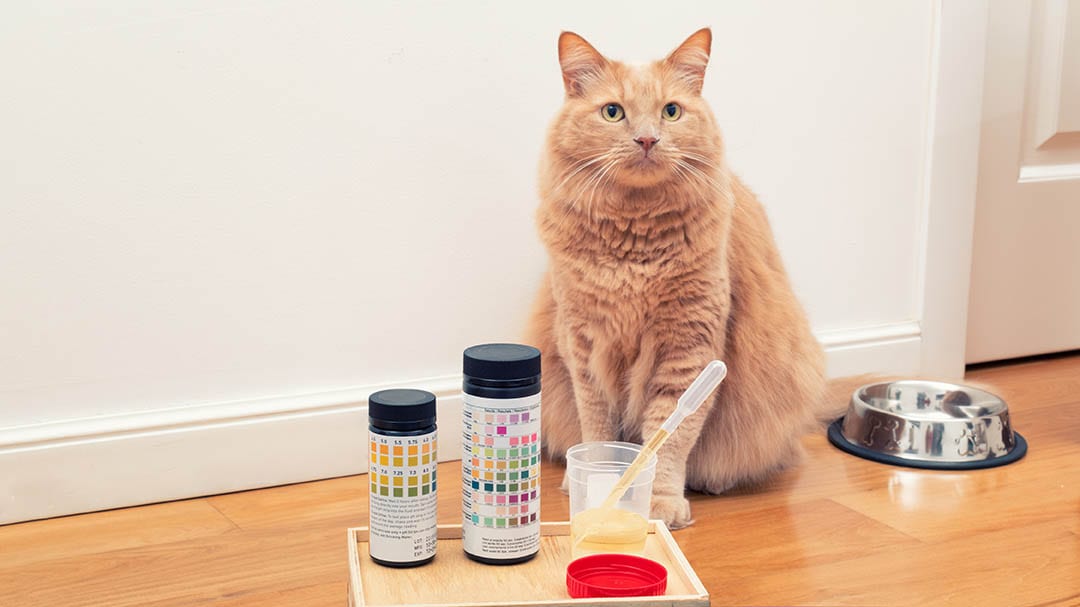
Click to Skip Ahead
Urinary tract infections (UTIs) are not very common in cats. Despite this, UTIs were the leading cause of pet insurance claims for cats in North America in 2020. UTIs cause discomfort for cats and worry for owners, so we will talk about what you can do to help reduce your cat’s risk of developing a UTI.
Read on below to find out more.
What Causes UTIs in Cats?
UTIs occur most commonly when bacteria from outside the body move up the urethra into the bladder, where they multiply and create an infection.
What Are the Symptoms of UTIs In Cats?
Cats with UTIs are uncomfortable! You may notice:
- More frequent visits to the litterbox.
- Smaller amounts of urine in the litterbox.
- Urine in places other than the litterbox.
- Bloody, cloudy, or foul-smelling urine.
- Straining to urinate and/or vocalizing during urination.
- Licking the genital area more than usual.
- Hiding, acting irritable, or other behavior changes.
Symptoms of UTI are very similar to those seen in other forms of Feline Lower Urinary Tract Disease (FLUTD), including urethral obstruction, which is a life-threatening emergency! Cats should be examined by a veterinarian as soon as possible if any of the above signs are observed.
How Are UTIs Diagnosed?
The only way to know for sure if your cat has a UTI is to have their urine analyzed by a veterinarian. There are two main tests performed on urine samples:
1. Urinalysis
This test can usually be performed in the veterinary clinic, with results often available on the same day. Your veterinarian will look at:
- Specific gravity (how well the urine is concentrated)
- pH (acidity of the urine)
- Whether there is any blood, protein, glucose (sugar), ketones, or bilirubin present
The urine is also examined under the microscope to look for bacteria, red and white blood cells, and crystals.
2. Urine Culture and Sensitivity
This test is typically sent to a diagnostic laboratory. Results may take 48 hours or more.
- Culture means providing an ideal environment for any bacteria in the urine sample to reproduce and be identified
- Sensitivity testing involves exposing the bacteria to different antibiotics to determine which will be most effective in treating the UTI
Urine culture and sensitivity testing increase the likelihood that your cat’s antibiotic treatment will be successful. It also reduces the risk of promoting antibiotic resistance, which is important for both veterinary and human health.
How Will My Veterinarian Collect a Urine Sample from My Cat?
When a UTI is suspected, the preferred technique is to collect urine directly from the cat’s bladder, using a sterile needle and syringe. This process is called cystocentesis. While it may sound a bit intimidating, many cats tolerate the procedure very well.
The advantage of cystocentesis is that the urine sample will not be contaminated with bacteria, other cells, or debris from the urethra. This is ideal for culture and sensitivity testing because it ensures any bacteria identified are from the bladder specifically.
In some cases, veterinarians may recommend collecting a sample at home or in the hospital by waiting for the cat to urinate in a clean litterbox containing a special non-absorbing litter.

What Can Be Done to Help Prevent UTIs In Cats?
Unfortunately, some factors are out of our control. These include:
- Age (older cats are more susceptible)
- Gender (female cats are affected more than male cats)
- Underlying medical conditions (diabetes mellitus increases the risk of UTIs)
The good news is that there are things you can do to help minimize your cat’s risk of developing a UTI:
- Keep them at a healthy body weight
- Provide complete and balanced nutrition
- Encourage water intake
- Monitor your cat’s litterbox habits
- Help them manage stress
- Schedule regular veterinary check-ups to screen for and manage medical conditions
How Do I Keep My Cat At a Healthy Body Weight?
Veterinarians are trained to assess your cat’s body condition. They can create a custom feeding plan to fit your cat’s unique needs, whether they need to gain, maintain, or lose some weight to be in their best possible health.
For safety, cats should only embark on a weight loss program under the direction and supervision of a veterinarian.
Try to find ways to encourage your cat to exercise. Here are some fun ways to help discover your cat’s favorite type of toy to chase. Some cats enjoy walking outside on a harness and leash or spending time in an outdoor enclosure. Helping your cat maintain an ideal body condition will ensure they are able to groom themselves thoroughly and maintain proper hygiene of the genital area. As a bonus, you will decrease your cat’s risk for other diseases (e.g., diabetes mellitus), and may even help them live longer!
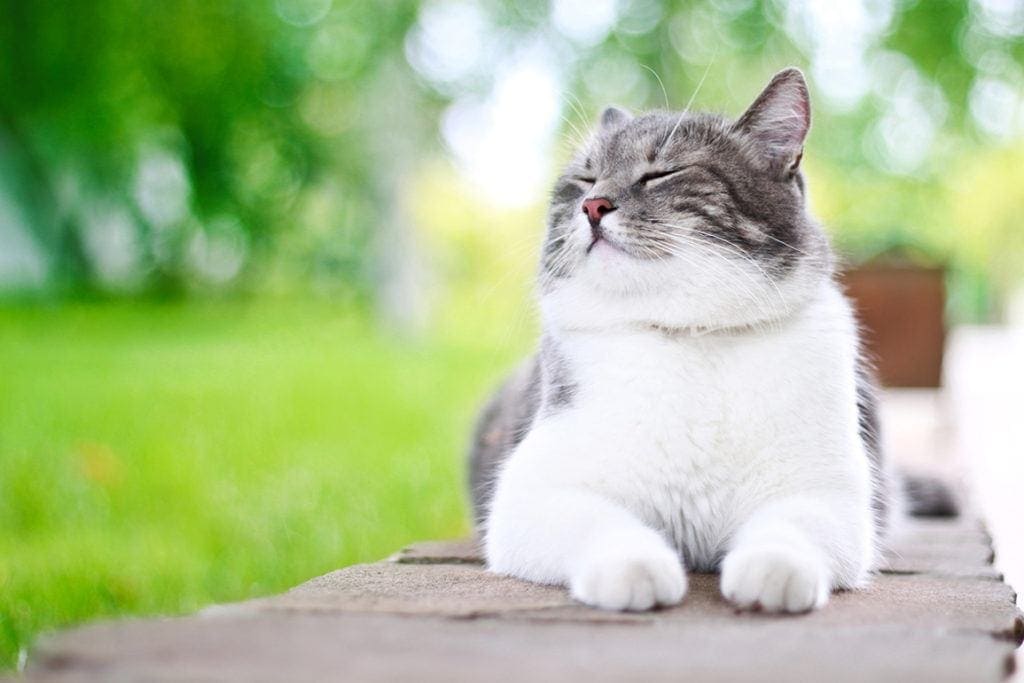
Can Specific Foods Prevent UTIs?
The short answer is no. While some over-the-counter pet foods are marketed for promoting urinary health, there is often no clinical evidence to support these claims.
Veterinary prescription diets can help keep urine pH within a specific target range and some also contain calming ingredients to help reduce cats’ stress. These benefits can be very helpful in maintaining a healthy urinary tract but cannot be guaranteed to prevent UTIs.
Are Cranberry Supplements Helpful?
There is currently no clinical evidence to show that cranberries or cranberry supplements help prevent UTIs in cats.
How Can I Encourage My Cat to Drink More Water?
Here are some tips for increasing your cat’s water intake:
- Ensure fresh water is always available
- Clean water bowls regularly
- Indulge your cat’s preferences, whether that’s drinking from a specific mug, a dripping tap, or a battery-operated water fountain
- Include canned food in their diet daily
What Do Litterboxes Have to Do with UTIs?
Scooping your cat’s litterbox daily will help you keep a close eye on your cat’s urinary habits, making it more likely that you will notice if something changes.
The Indoor Pet Initiative at the Ohio State University College of Veterinary Medicine offers some other general litterbox guidelines.
How Can I Help My Cat Cope with Stress?
Most cats don’t like change! Introducing a new pet or person, travel, moving, different work schedules, and trips to the veterinarian can all be stressful for a cat.
When change is necessary, cats appreciate having a refuge to help them feel safe. Your veterinarian may also recommend:
- Pheromone therapy
- A prescription calming diet
- Natural supplement(s)
- Prescription anti-anxiety medication
Do your best to create a home environment that supports natural cat behavior. This includes scratching surfaces, resting areas, raised perches, and toys to chase.
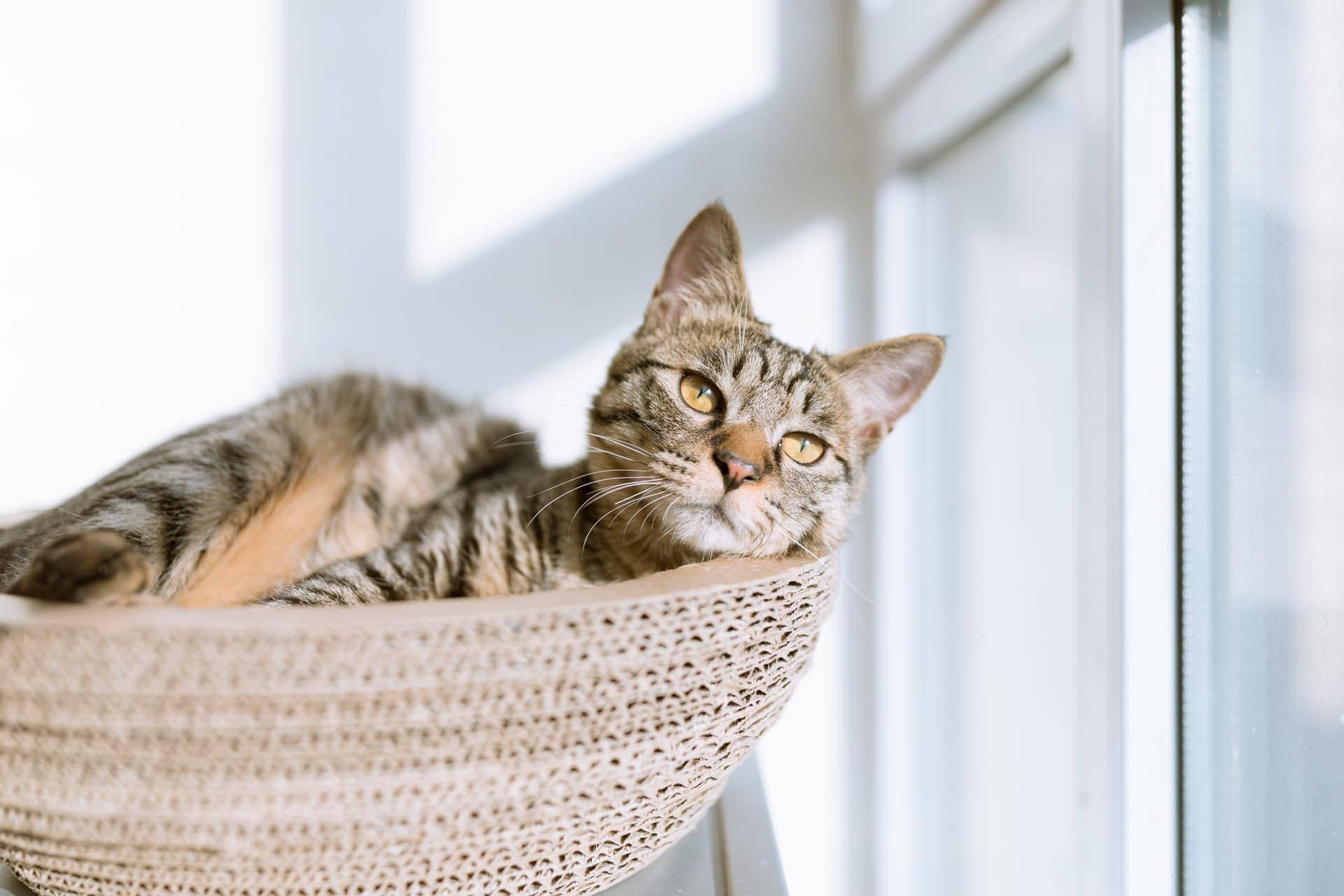
Conclusion
Cats should visit the veterinarian for a general check-up at least once per year. Many veterinarians like to see senior cats every 6 months, and more frequent visits may be needed to monitor cats with chronic health conditions.
Regular examinations, bloodwork, and urine testing can identify changes in your cat’s health that could increase their risk of developing a UTI, which in some cases might offer a chance for prevention.
Related Articles:
- How To Tell If Your Cat Has Diabetes (Vet Answer)
- Feline Lower Urinary Tract Disease (FLUTD): Our Vet Explains the Signs, Causes & Care
Featured Image Credit: Yaya Photos, Shutterstock



